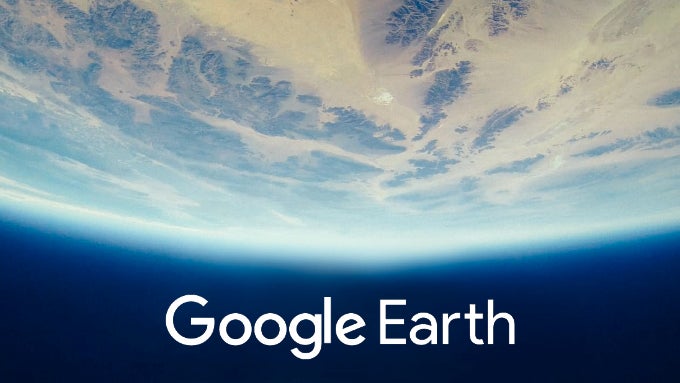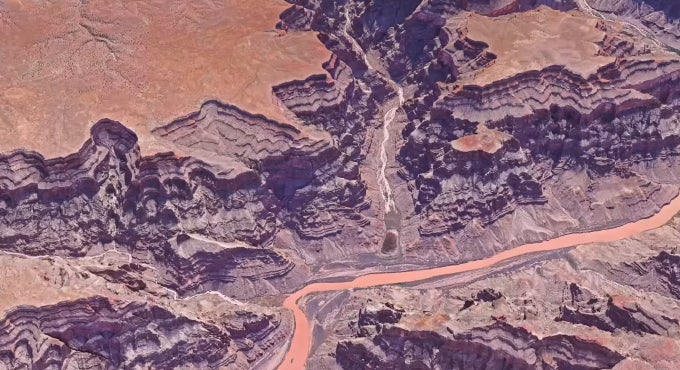Google explains how Earth's incredible 3D imagery and Pixel's live wallpapers were made


Some of the 3D views that Google Earth is capable of creating (mostly) on its own look very impressive (unless you zoom to ground level)
After taking a ton of aerial photos, the Google team then loads all the images onto powerful servers that use AI algorithms to create various depth maps of the pictures, which are then stitched together to become a mesh (or an automatic 3D reconstruction of a place). The final step is to texture the whole thing (i.e. to apply the photos over the mesh), and there you have it. Of course, some places have enjoyed more attention than others, with Yosemite National Park and the stunning Half Dome being a prime example, but Google Earth teams are constantly working on bringing more improvements to the platform.
Check out the video below for even more interesting information on Google Earth, presented by the lovely Nat & Lo (the voices of Google Assistant). Also, don't forget to check out the brand new version of Google Earth, which is now live online and is also coming to Android in the following days.

source: Google
Follow us on Google News












Things that are NOT allowed:
To help keep our community safe and free from spam, we apply temporary limits to newly created accounts: